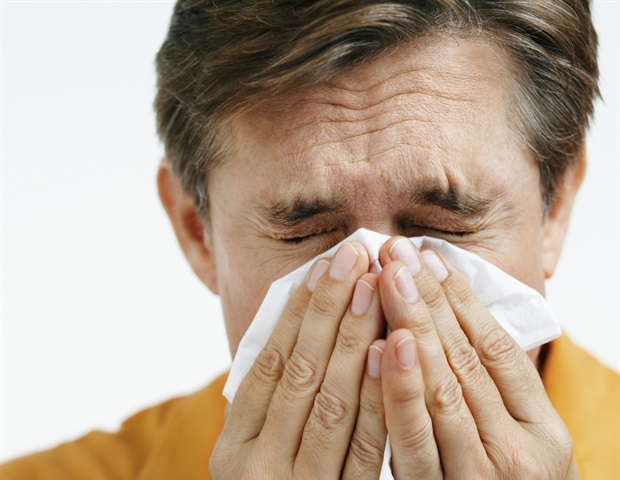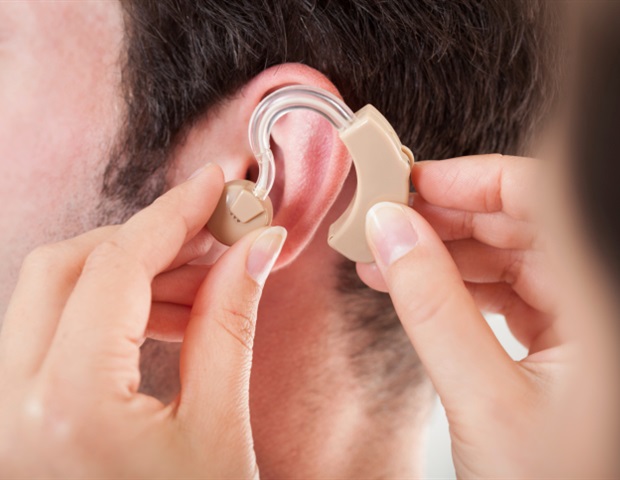In a latest research printed in The New England Journal of Medication, researchers assessed the traits of pure and hybrid immunity to extreme acute respiratory syndrome coronavirus 2 (SARS-CoV-2) infections.
Coronavirus illness 2019 (COVID-19) infections have been recognized to induce pure immunity against reinfection. Numerous research have reported the waning of vaccine-elicited immunity against SARS-CoV-2. Nevertheless, extra analysis is required to know the a number of traits of pure and hybrid immunity.
In regards to the Study
Within the current research, researchers evaluated the quantity of confirmed SARS-CoV-2 infections among cohorts comprising beforehand SARS-CoV-2-infected and unvaccinated persons, BNT162b2-vaccinated persons with a historical past of infection, and vaccinated people with no historical past of COVID-19.
The crew collected data from the nationwide database of the Israeli Ministry of Well being for the period of the research between 1 August 2021 and 30 September 2021. The database included demographic knowledge reminiscent of age, gender, space of residence, and inhabitants sector related to Israeli residents who have been vaccinated with a COVID-19 vaccine, had beforehand examined for COVID-19, or had a historical past of COVID-19 infection. The information obtained was used to review the confirmed SARS-CoV-2 infections among people aged 16 years and above who have been SARS-CoV-2 optimistic earlier than 1 July 2021 or vaccinated with a minimal of two doses of the BNT162b2 vaccine at the very least seven days earlier than the research interval ended.
The crew outlined reinfection with SARS-CoV-2 as a optimistic polymerase chain response (PCR) take a look at in persons who had beforehand examined SARS-CoV-2 optimistic 90 days earlier than the research. Extreme COVID-19 was characterised by a resting respiratory price of over 30 breaths per minute with oxygen saturation at lower than 94%.
The crew in contrast the quantity of confirmed COVID-19 infections that have been incident over the research period among affected person teams categorized as per their historical past of immunity-conferring occasions. The recovered and unvaccinated group comprised people who had a historical past of confirmed COVID-19 infection 90 days or extra previous to the research.
The crew additionally included two hybrid cohorts, together with teams of members having each pure immunity in addition to vaccine-induced immunity, one cohort of COVID-19-recovered persons vaccinated with just one vaccine dose after a SARS-CoV-2 infection 90 days previous to the research. One other cohort comprised persons with no historical past of SARS-CoV-2 infection vaccinated with two doses, with the second dose obtained seven days earlier than the research. The final group included triple-vaccinated persons who obtained their third dose a minimal of 12 days earlier than the research and had no historical past of COVID-19 infection.
Outcomes
The research included over 5.7 million people categorized into research cohorts. The crew famous that gender distribution was related throughout the research cohorts whereas there have been vital variations with respect to different covariates. Adults aged 60 years and over contributed 53.4% of the person-days within the three vaccine doses group, 8.3% to the COVID-19 recovered and unvaccinated group, 13.8% to the recovered with one vaccine dose group, and 12.6% to the two-dose group.
The outcomes confirmed that every one the research cohorts had waning immunity accompanied by a gradual decline in protection over time. The adjusted price of confirmed COVID-19 infections among the recovered and unvaccinated cohort 4 to 6 months after infection analysis was 10.5 per 100,000 person-days in danger, which elevated 12 months or extra post-infection to 30.2. Within the two-dose group, the speed of confirmed infection was 21.1 among the people vaccinated two months previous to the research, which elevated to 88.9 among persons vaccinated six to eight months beforehand. Among the many recovered, single-dose vaccinated cohort, the charges have been 3.7 and 11.6 4 to 6 and 12 months and extra since vaccination.
Within the sub cohorts, together with the recovered, unvaccinated persons, the adjusted charges of confirmed COVID-19 infection have been akin to these of the people who have been vaccinated with one dose after COVID-19 restoration and those that have been vaccinated after COVID-19 restoration when the time period because the newest vaccination or infection was the identical throughout the cohorts. These charges have been considerably decrease than these displayed by the two-dose cohort 4 to 6 months and six to eight months after COVID-19 vaccination. Nevertheless, vaccine-induced protection after two doses was restored after the receipt of the third dose.
Conclusion
General, the research findings confirmed that the protection induced by COVID-19 vaccines waned over time in people with a historical past of COVID-19 infection in addition to vaccinated persons. This discount in protection was revived after the administration of a booster vaccine dose. The researchers consider that understanding the charges of waning protection after vaccination or infection performs a key function within the growth of vaccine insurance policies.




